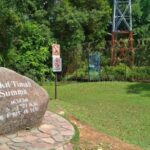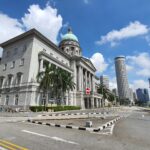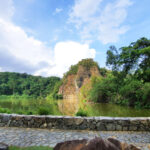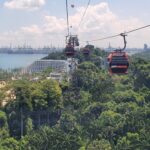
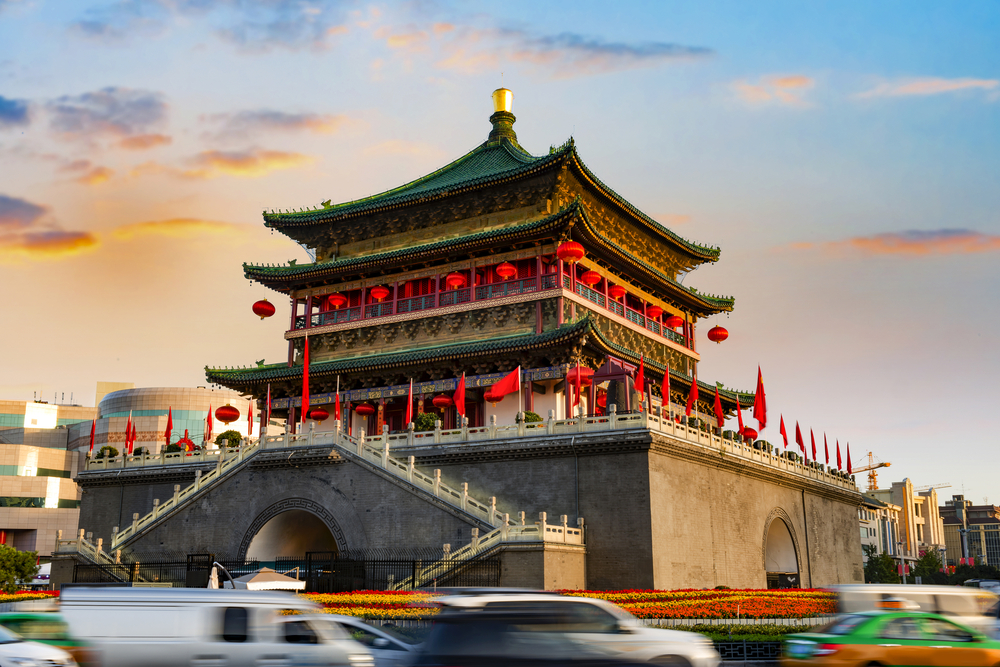
Xi’an, alternately romanized as Sian, is the capital of Shaanxi Province. A sub-provincial city on the Guanzhong Plain in Northwest China, it is one of the oldest cities in China, the oldest prefecture capital and one of the Chinese Four Great Ancient Capitals, having held the position under several of the most important dynasties in Chinese history, including Western Zhou, Qin, Western Han, Sui, Northern Zhou and Tang. The city is the starting point of the Silk Road and home to the UNESCO World Heritage set Terracotta Army of Emperor Qin Shi Huang. (Source from Wikipedia)
西安,又称锡安,是陕西省的省会。它是中国西北部关中平原上的一个次省级城市,是中国最古老的城市之一,最古老的县会,也是中国四大古都之一,在中国历史上几个最重要的朝代(包括西周,秦,西汉,隋,北周和唐朝)中担任该职位。这座城市是丝绸之路的起点,也是联合国教科文组织世界遗产秦始皇兵马俑的所在地。

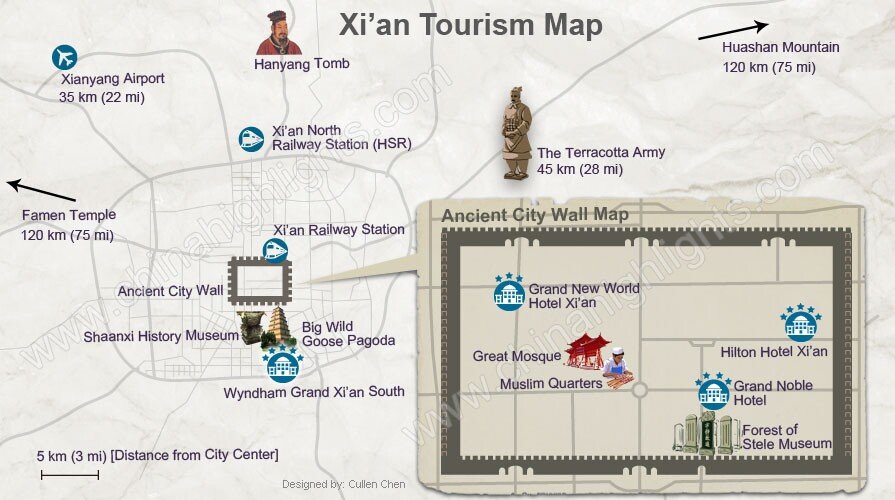
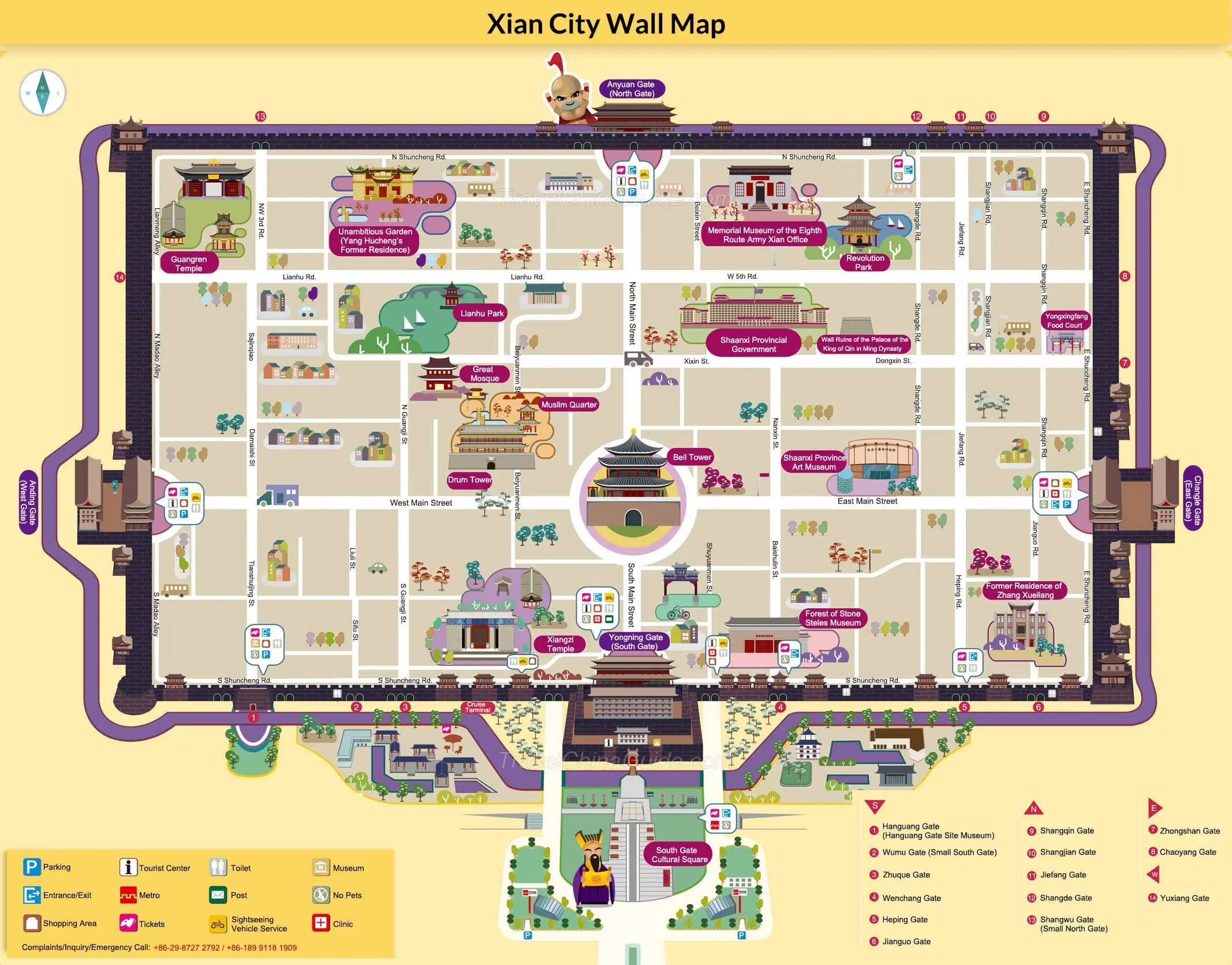
Purchased a free return "air ticket" to Xi'an with Krisflyer accumulated points. Planned for a 7 days itinerary for Xi'an city tour, hiking at Mount Hua and "not to miss" trip to the UNESCO World Heritage-listed "The Terracotta Army". My luggage never transit from Beijing to Xi'an due to airport admin error and worst to know that they can only arrange my luggage over 3 days later.
Therefore, no choice but to buy some clothing & necessarily just for the 3 days.
I stayed in a hotel just opposite the "Xi'an bell tower" and almost walking distance to most of the historical sight like City wall, Big wild goose pagoda & Muslim Quarter.
I also spent about 2hrs to stroll half of the city wall distance (2km) under the hot sun, trying to appreciate how the ancestor defend againist their enemy during then.
It also very convenient to travel around by metro to Shaanxi History Museum which i never has a chance to explore inside the museum due to long queue.
To Mount Hua, I took the subway from Xi'an to Mount Hua station for an hour journey. Then grab a local taxi to Mount Hua tourist gathering area. I need to climb a 100+ stairs to the cable car station but was told that i need to purchase a ticket back at the tourist gathering point. No choice, 100+ stairs down again, purchased the ticket and then another 100+ stairs back to cable car. On the Mount Hua, a strict rule you must follow when hiking at the narrow man-make walking path - Once you start, there is no chance to turn back, which mean that if you slowed down, people followed behind you will "curse & swear" at you. In conclusion, hiring was fun but challenging with the need for physically and mentally prepared. Most important, watch your safety.
Due to delay of luggage, i had to stay at Xi'an city few days more than my planned itinerary. For that reason, I had only sufficient time to book a day guide tour for "The Terracotta Army" which buried more than 2K years. A regret was not enough time to visit the "mausoleum of emperor Qin Shi Huang".
It was difficult to expect my excitement during any of the sighting. You can see some of my photographs taken during the 7 days exploration at Xi'an.
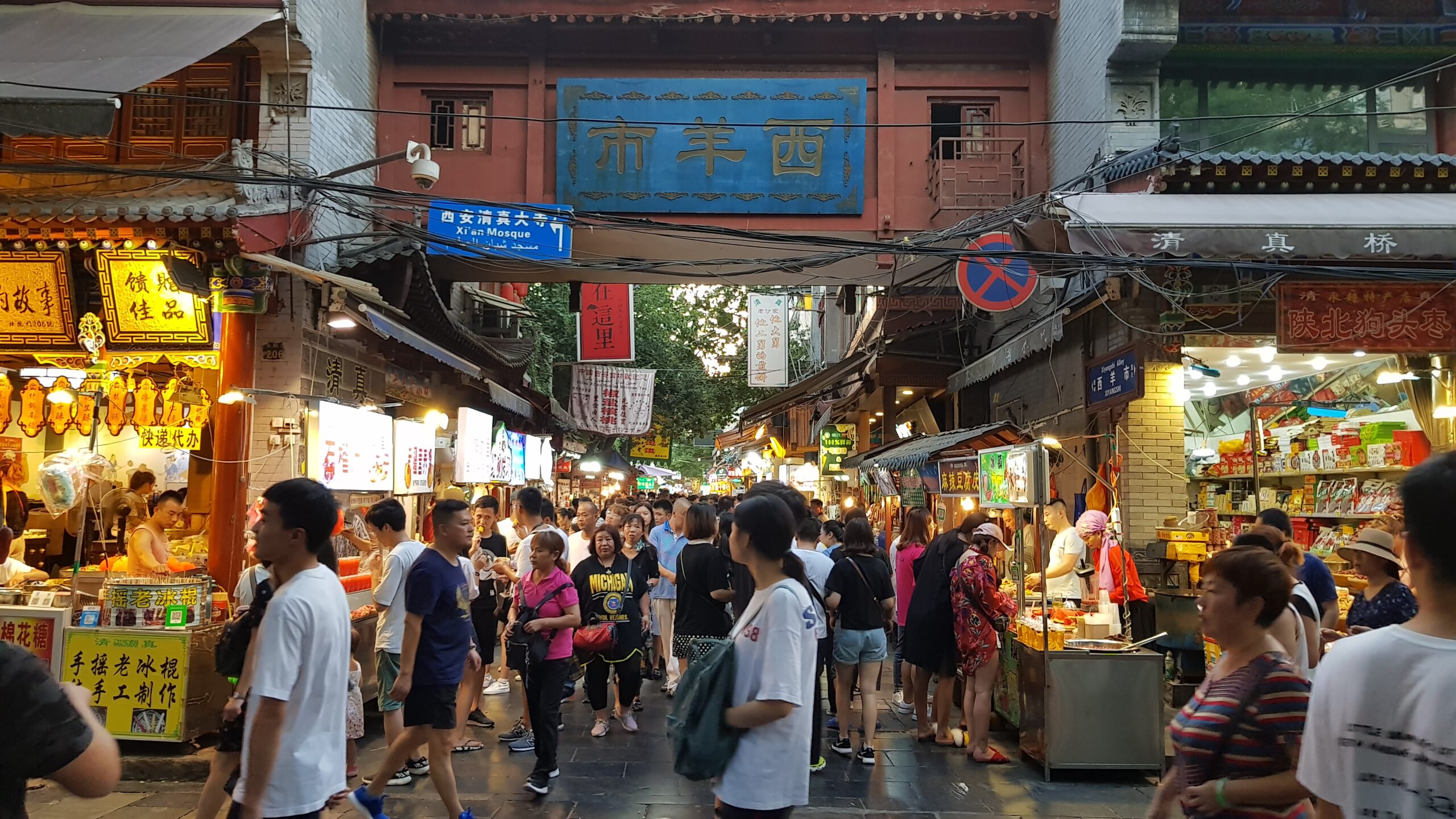
Muslim Quarter
Muslim Quarter, Xi'an. Just as its name implies, the Muslim Quarter, also known as Huimin Jie in Pingyin, is the hub of the Muslim community in Xi'an City, Shaanxi Province.
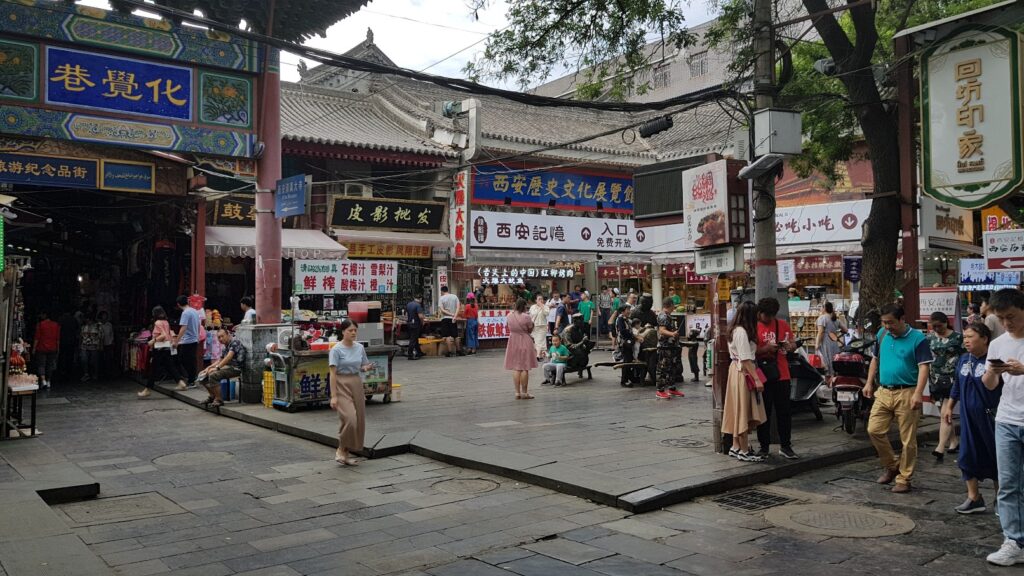
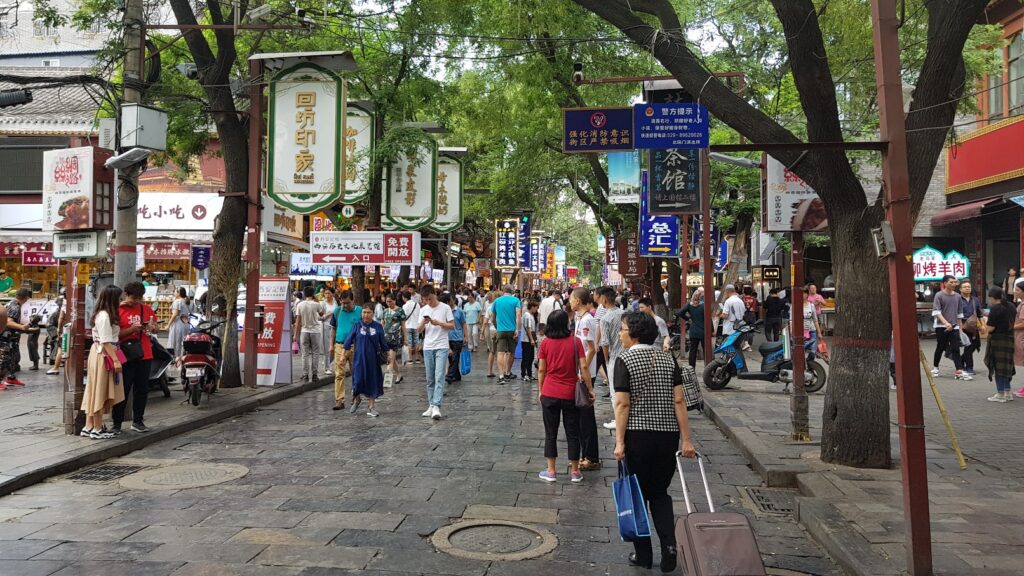
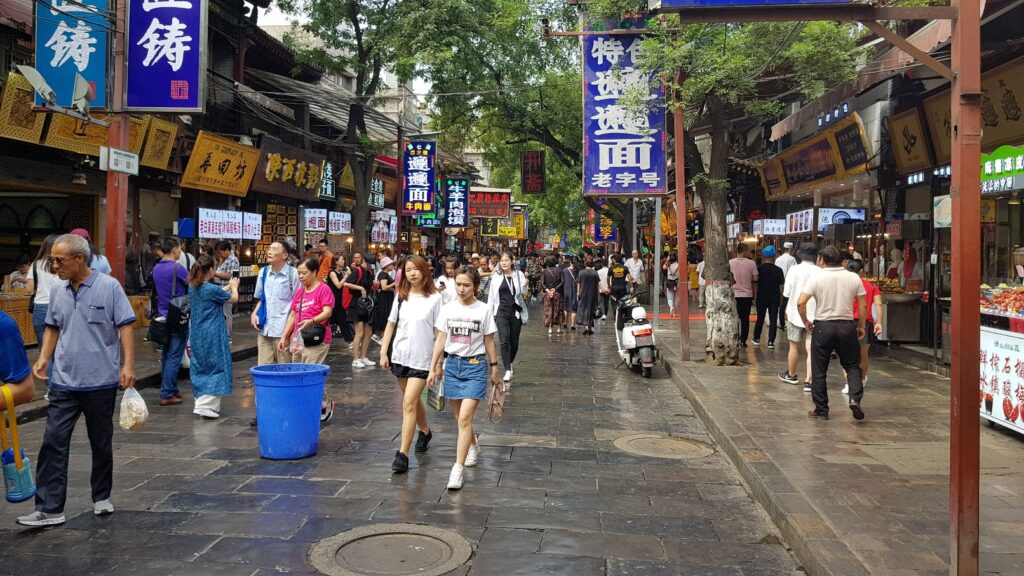
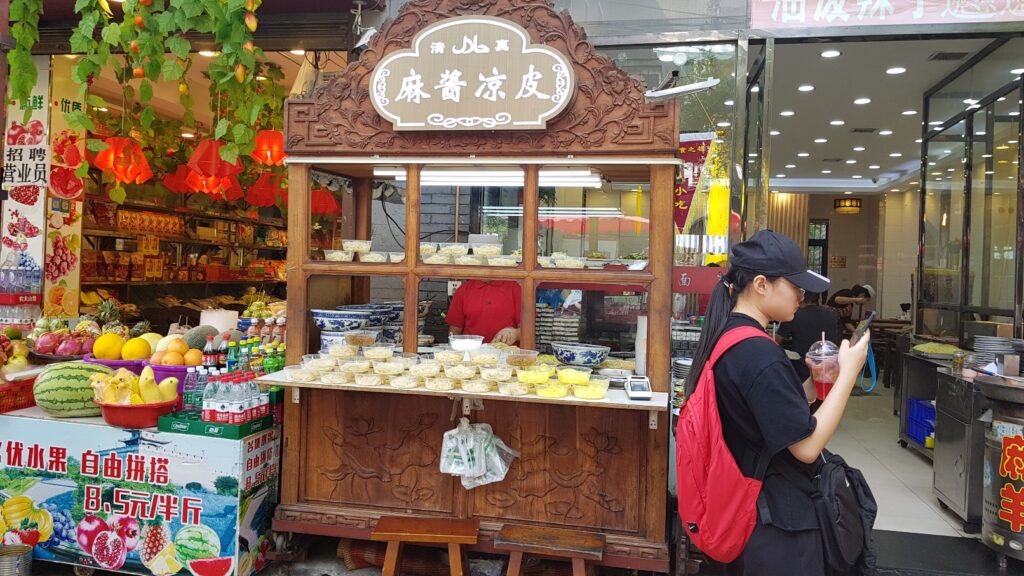
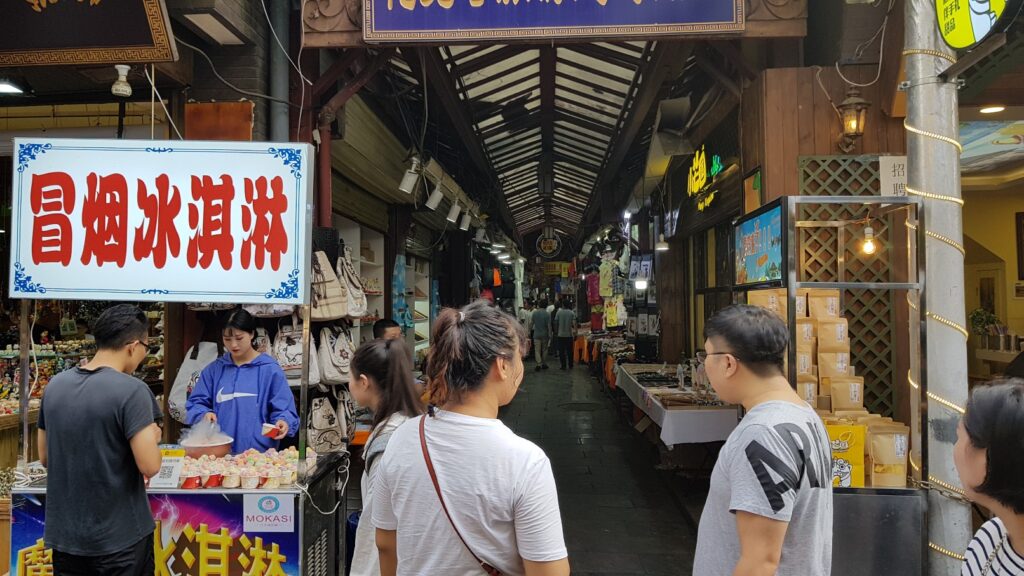
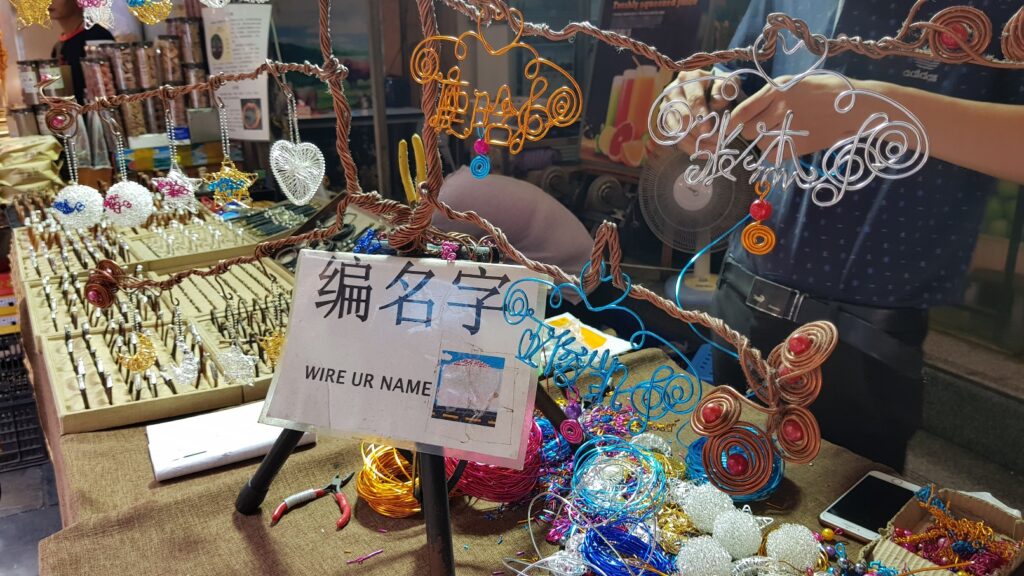

Bell Tower of Xi'an
The Bell Tower of Xi'an, built in 1384 during the early Ming Dynasty, is a symbol of the city of Xi'an and one of the grandest of its kind in China.
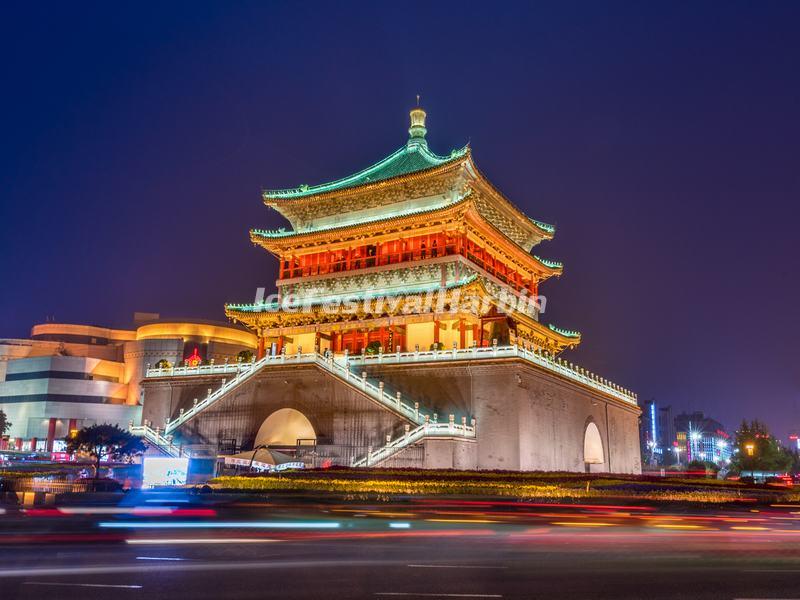


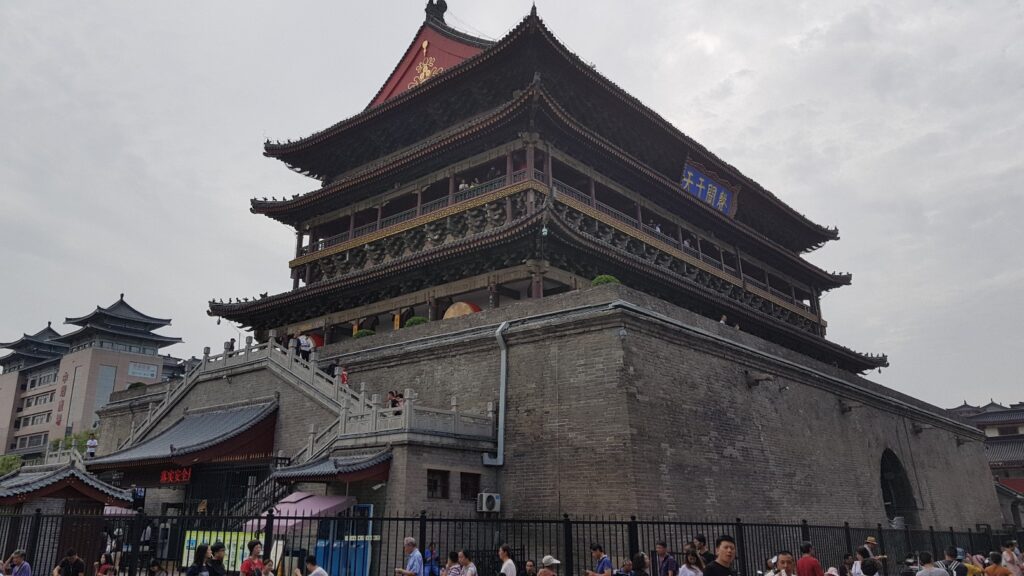
Drum Tower of Xi'an
The Drum Tower of Xi'an, located in the heart of Xi'an, the capital of Shaanxi province, Northwestern China, along with the Bell Tower is a symbol of the city. Erected in 1380 during the early Ming Dynasty, it stands towering above the city center and offers incredible view of Xi'an.
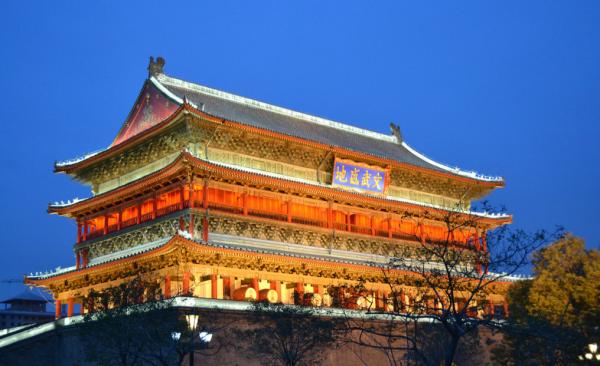



Xi'an Wall
The fortifications of Xi'an, also known as Xi'an City Wall, in Xi'an, represent one of the oldest, largest and best preserved Chinese city walls. It was built under the rule of the Hongwu Emperor Zhu Yuanzhang as a military defense system.
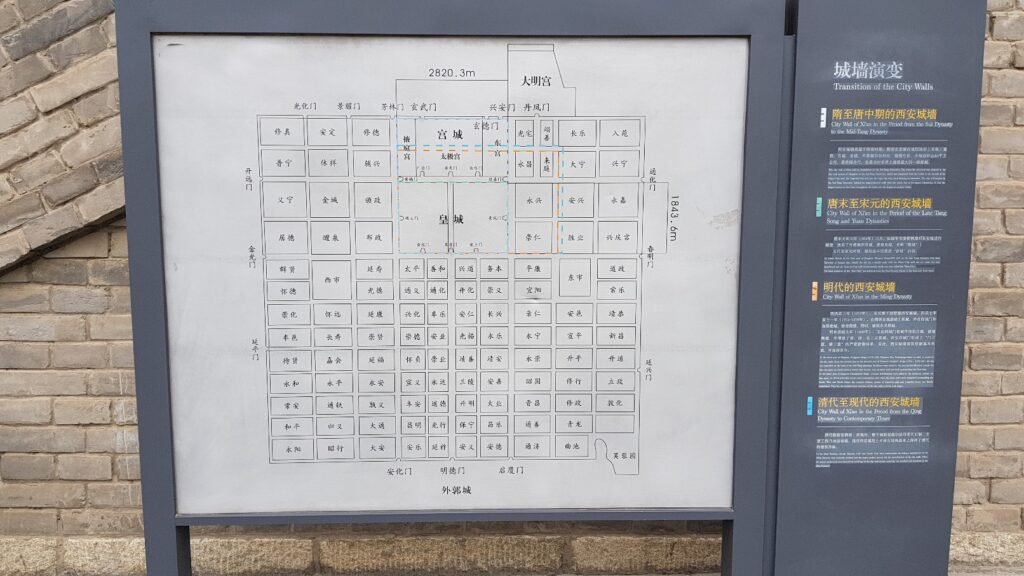

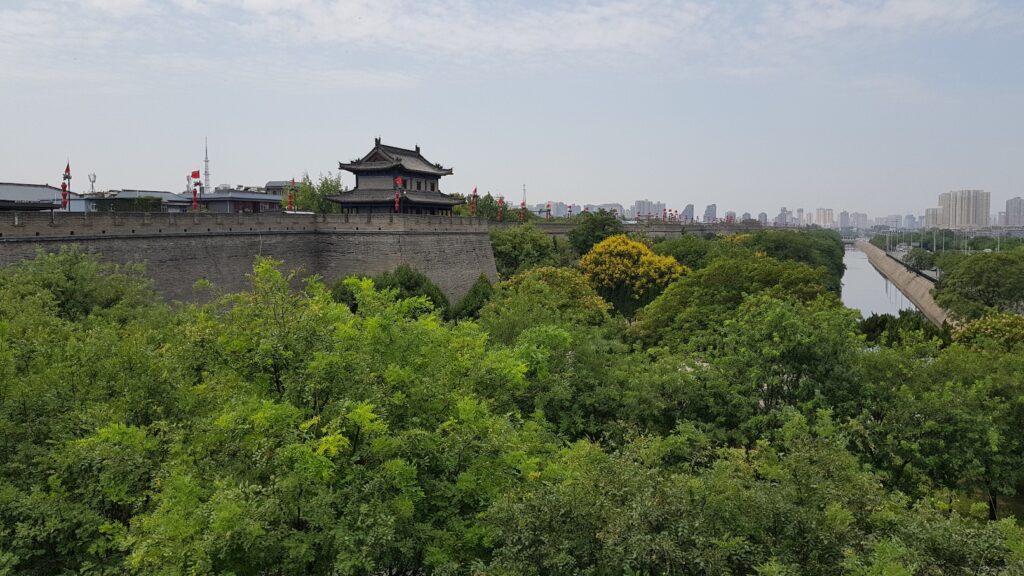
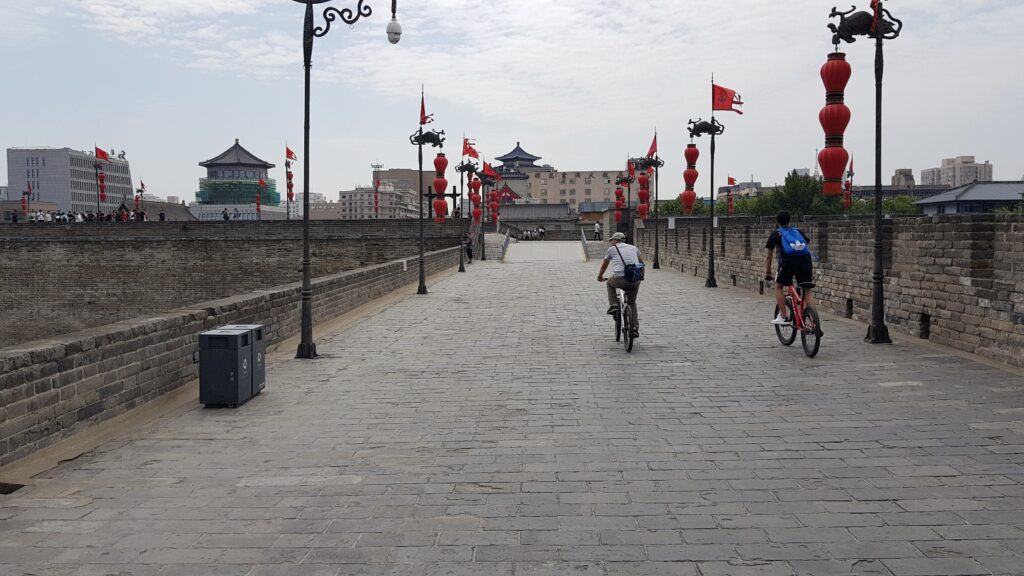
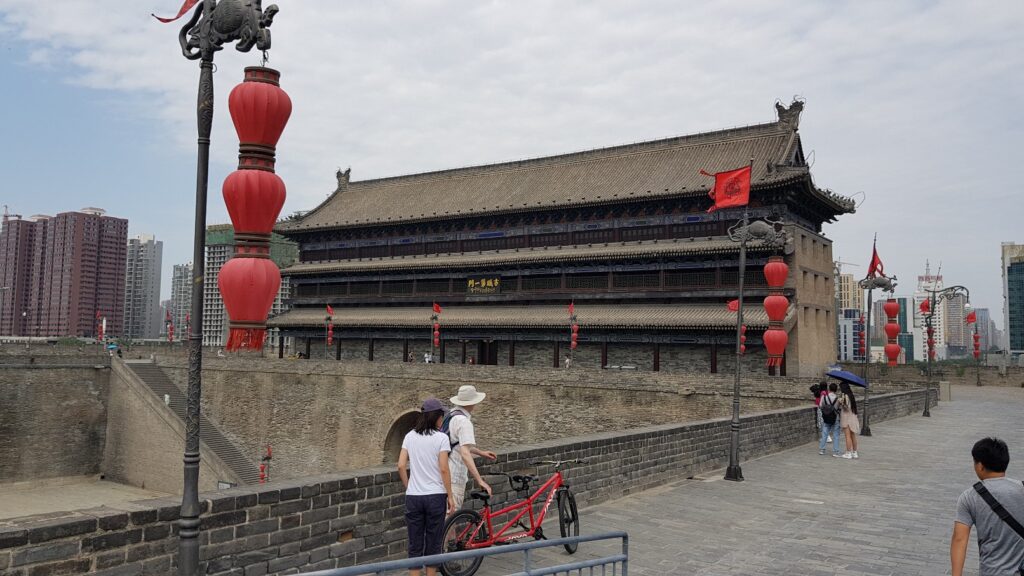
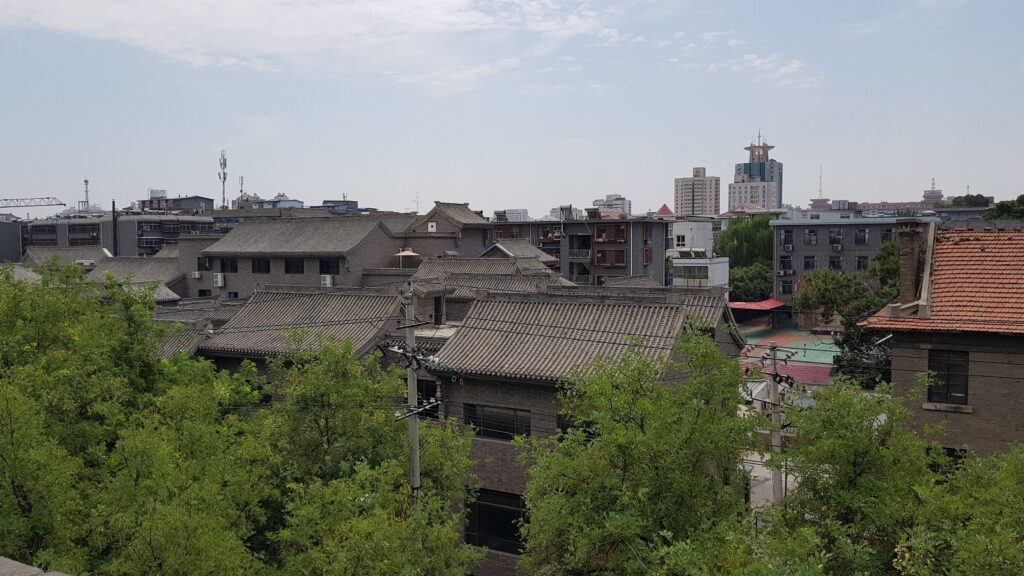
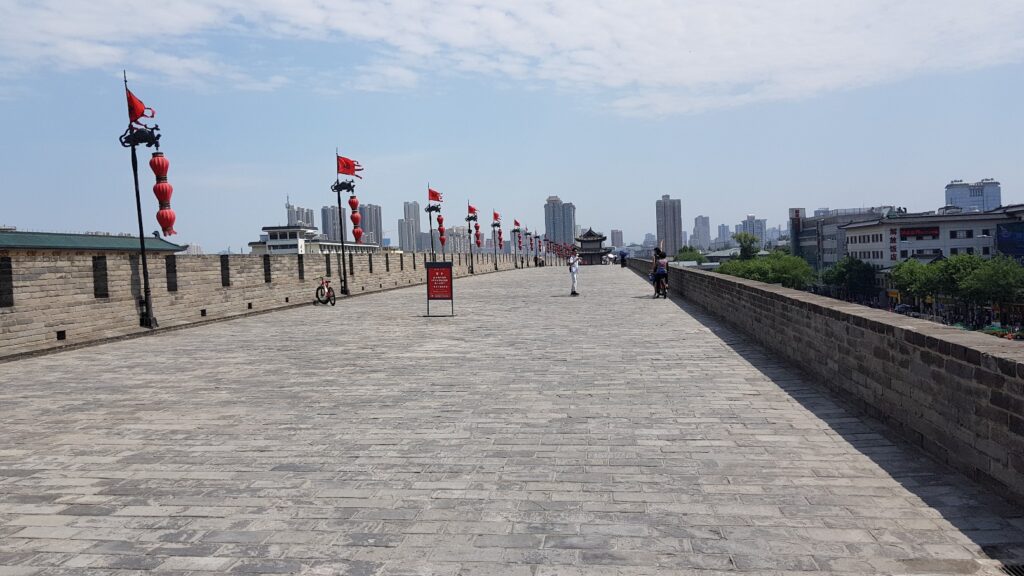
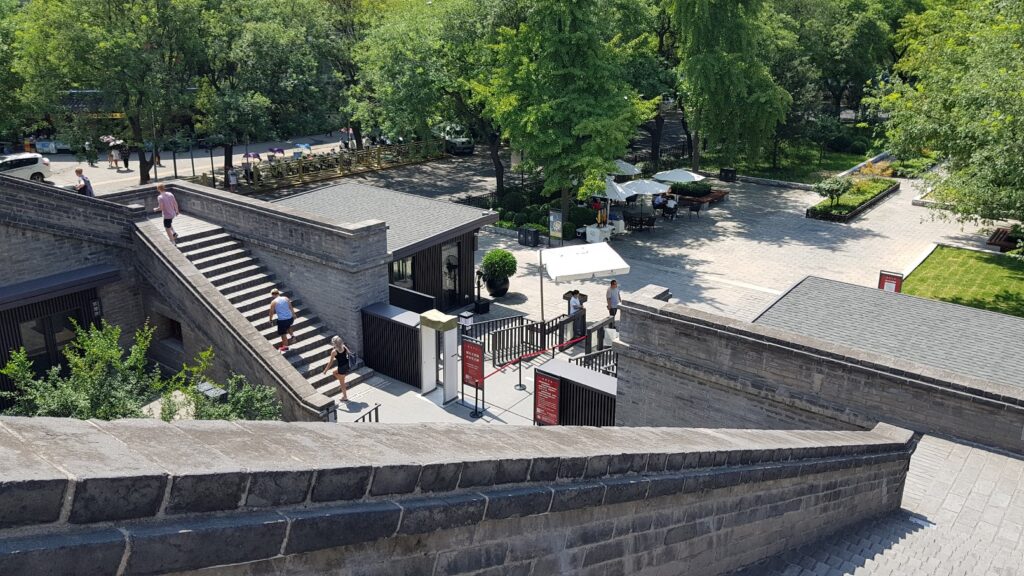
Big wild goose pagoda
Giant Wild Goose Pagoda or Big Wild Goose Pagoda (Chinese: 大雁塔; pinyin: Dàyàn tǎ, literally "big swan goose pagoda"), is a monumental Buddhist pagoda located in southern Xi'an, Shaanxi, China. One of the pagoda's many functions was to hold sutras and figurines of Gautama Buddha that were brought to China from India by the seventh-century Buddhist monk, scholar, traveller, and translator Xuanzang.

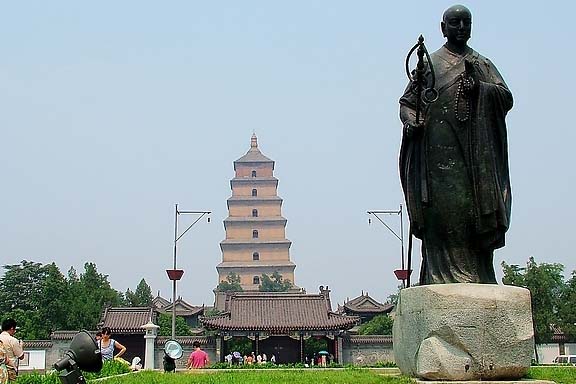

Xi'an Museum
Located in the southwest of the Jianfu Temple, Xi'an Museum was opened to the public on the World Museum's Day, May 18th, 2007. Not only does it enhance the environment of the nearby ancient building complex but also means that Xi'an has a large municipal museum at long last. As many as 130, 000 fine cultural relics are kept here, most of which were unearthed in the important tombs and the capital sites of the Zhou Dynasty (11th century BC-221 BC), the Qin Dynasty (221 BC-206 BC), the Han Dynasty (206 BC-220 AD), and the Tang Dynasty (618-907). More than 2,000 of these articles reflect the outstanding technological achievements of past dynasties.


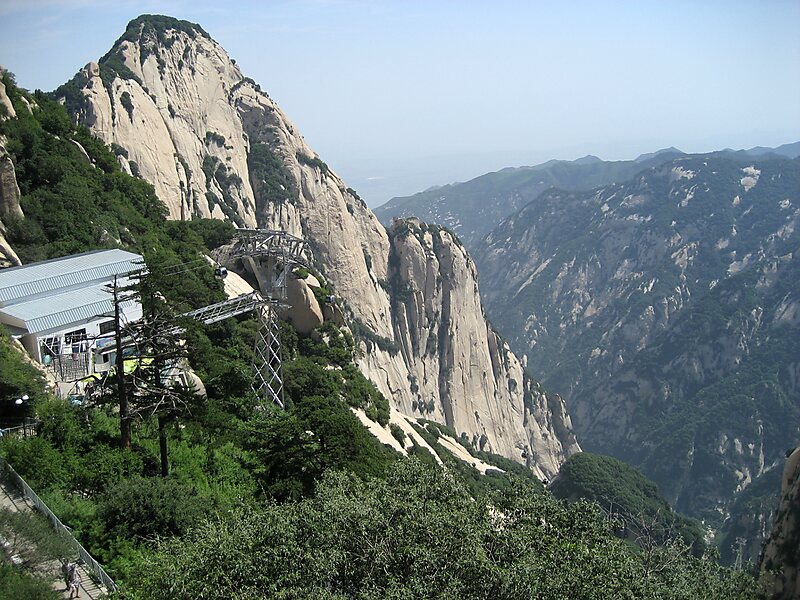
Mount Hua 华山; is a mountain located near the city of Huayin in Shaanxi Province, about 120 kilometres (75 mi) east of Xi’an. It is the “Western Mountain” of the Five Great Mountains of China and has a long history of religious significance. Originally classified as having three peaks, in modern times the mountain is classified as five main peaks, the highest of which is the South Peak at 2,154.9 metres (7,070 ft).
华山;是位于陕西省华阴市附近的一座山,位于西安以东约120公里(75英里)处。它是中国五大山的”西山”,具有悠久的宗教意义。最初被归类为有三座山峰,在现代,这座山被归类为五座主峰,其中最高的是南峰,海拔2,154.9米(7070英尺)

Mount Hua's Temple
NESTLED HIGH ATOP THE SOUTHERN-MOST peak of China’s holy Mount Hua is a Buddhist and Daoist temple that offers refreshments to anyone daring enough to reach it via what has been described as one of the most dangerous hiking paths in the world.

Mount Hua's north peak
Huashan has a variety of temples and other religious structures on its slopes and peaks. At the foot of the mountains is the Cloister of the Jade Spring (玉泉院), which is dedicated to Chen Tuan. Additionally, atop the southernmost peak, there is an ancient Taoist temple which in modern times has been converted into a tea house.
The Terracotta Army is a collection of terracotta sculptures depicting the armies of Qin Shi Huang, the first Emperor of China. It is a form of funerary art buried with the emperor in 210–209 BCE with the purpose of protecting the emperor in his afterlife.
兵马俑是一系列兵马俑雕塑,描绘了中国第一位皇帝秦始皇的军队。这是一种葬礼艺术形式,于公元前210-209年与皇帝一起埋葬,目的是保护皇帝的来世。





The terracotta figure
The terracotta figures are life-sized, typically ranging from 175 cm (5.74 ft) to about 200 cm (6.6 ft) (the officers are typically taller). They vary in height, uniform, and hairstyle in accordance with rank. Their faces appear to be different for each individual figure; scholars, however, have identified 10 basic face shapes.
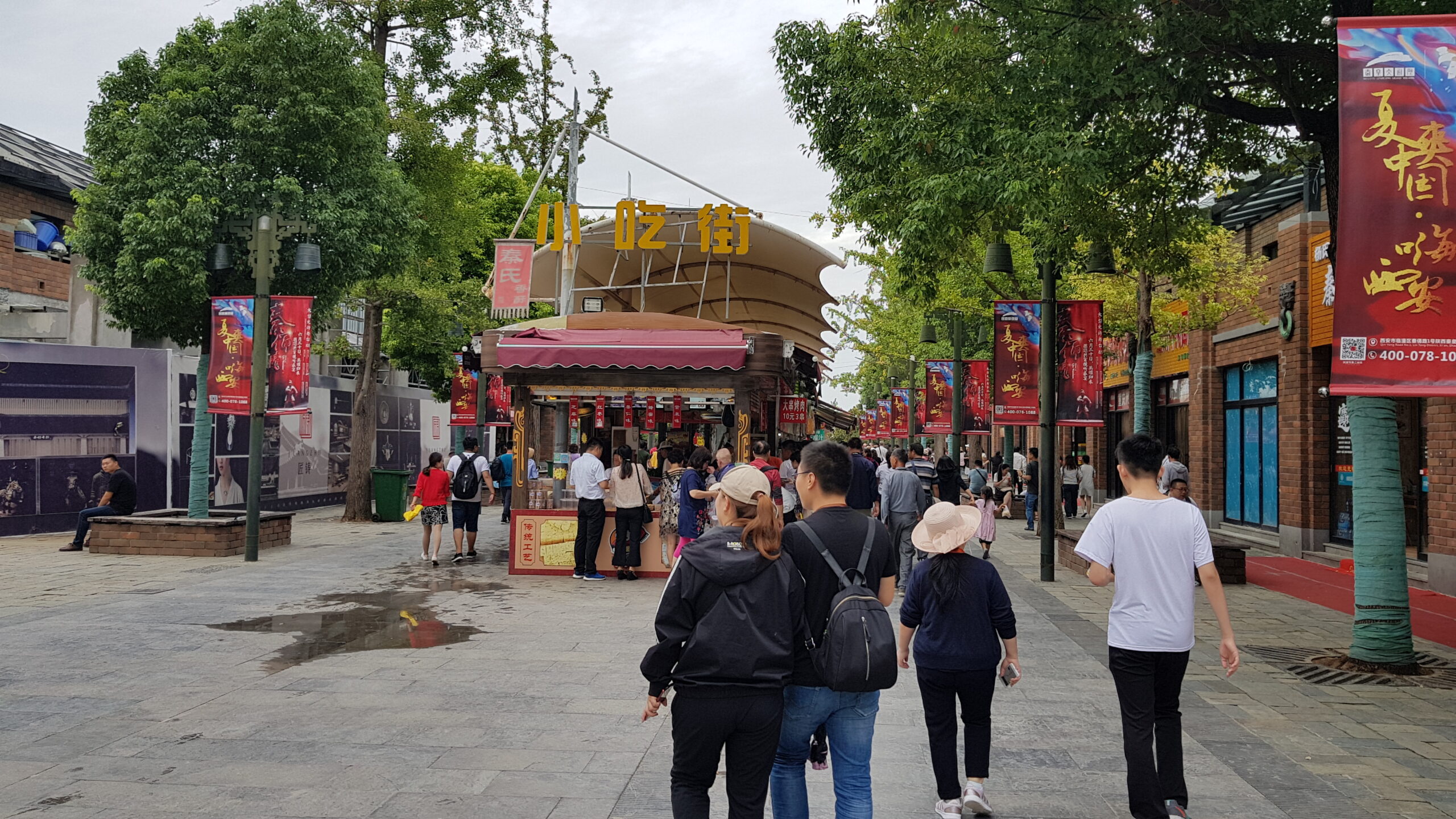
"Terracotta" TOWN
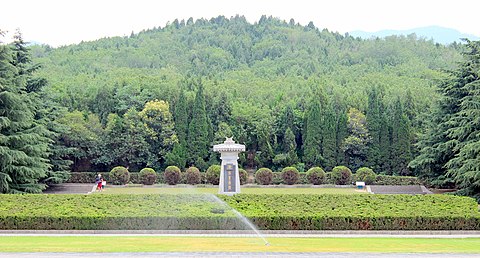
Mausoleum of the First Qin Emperor
Located in Lintong District, Xi'an, Shaanxi province of China. This mausoleum was constructed over 38 years, from 246 to 208 BC, and is situated underneath a 76-meter-tall tomb mound shaped like a truncated pyramid.


